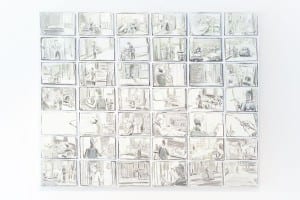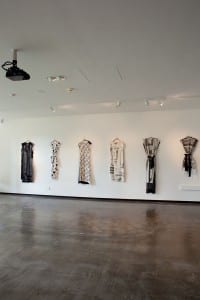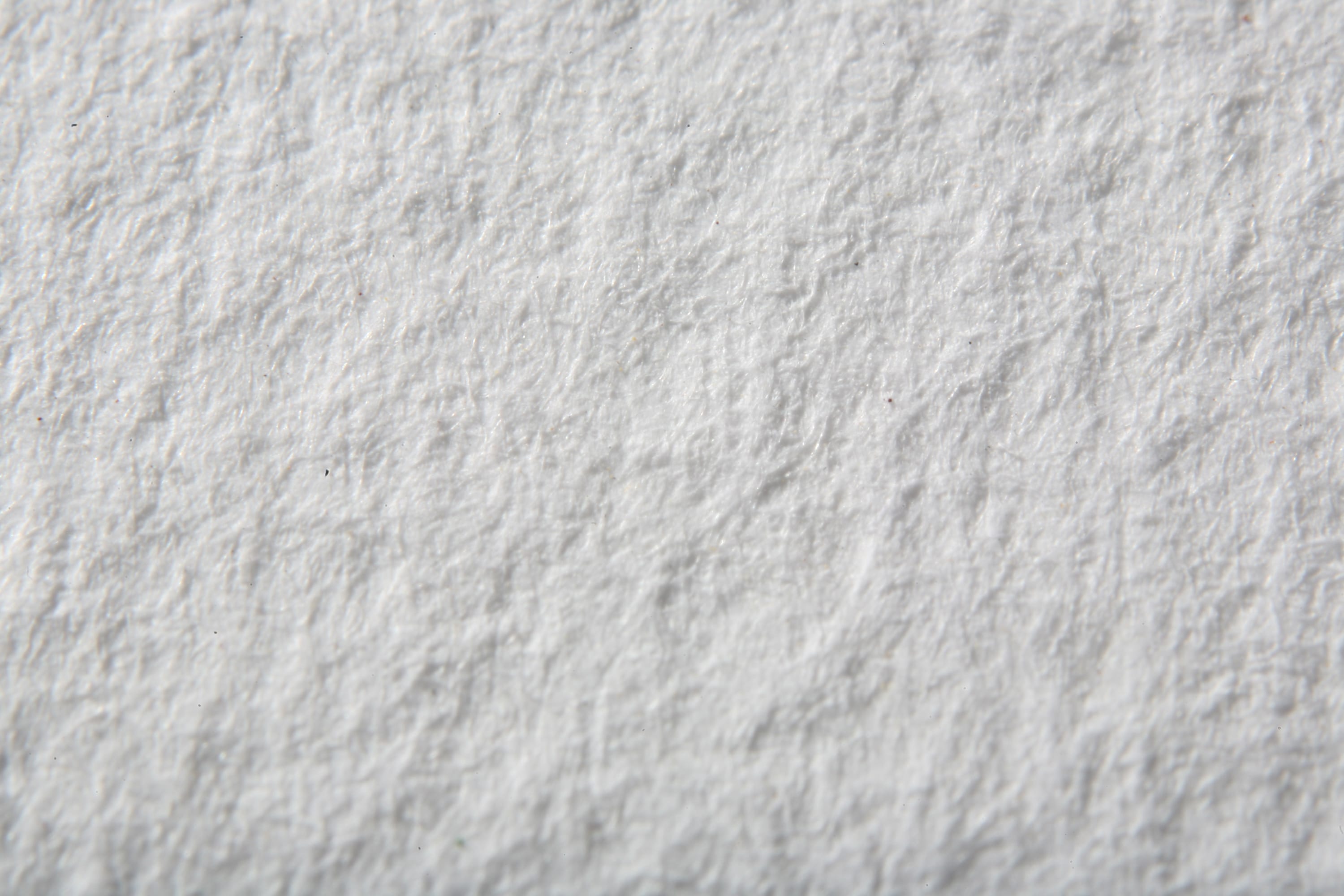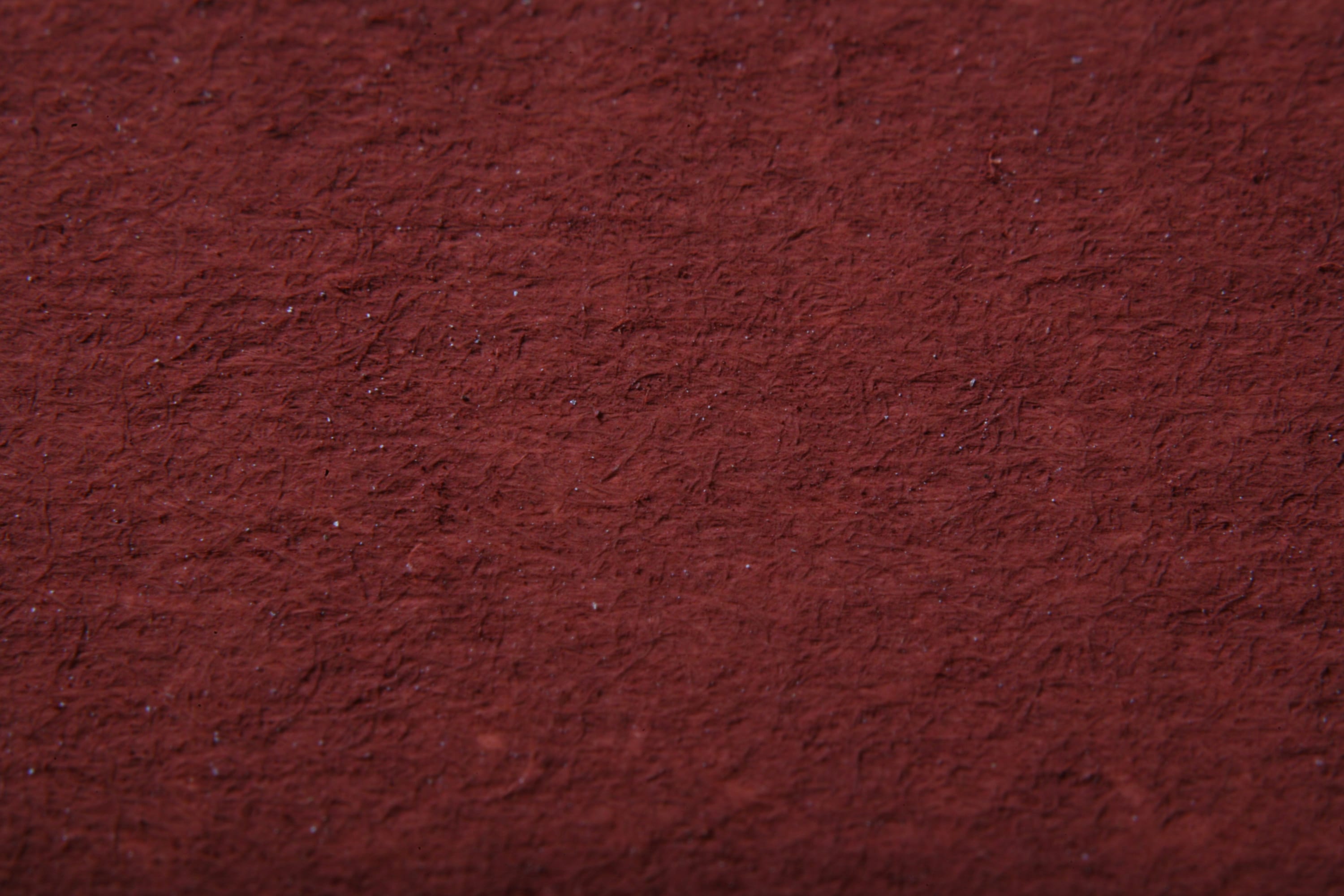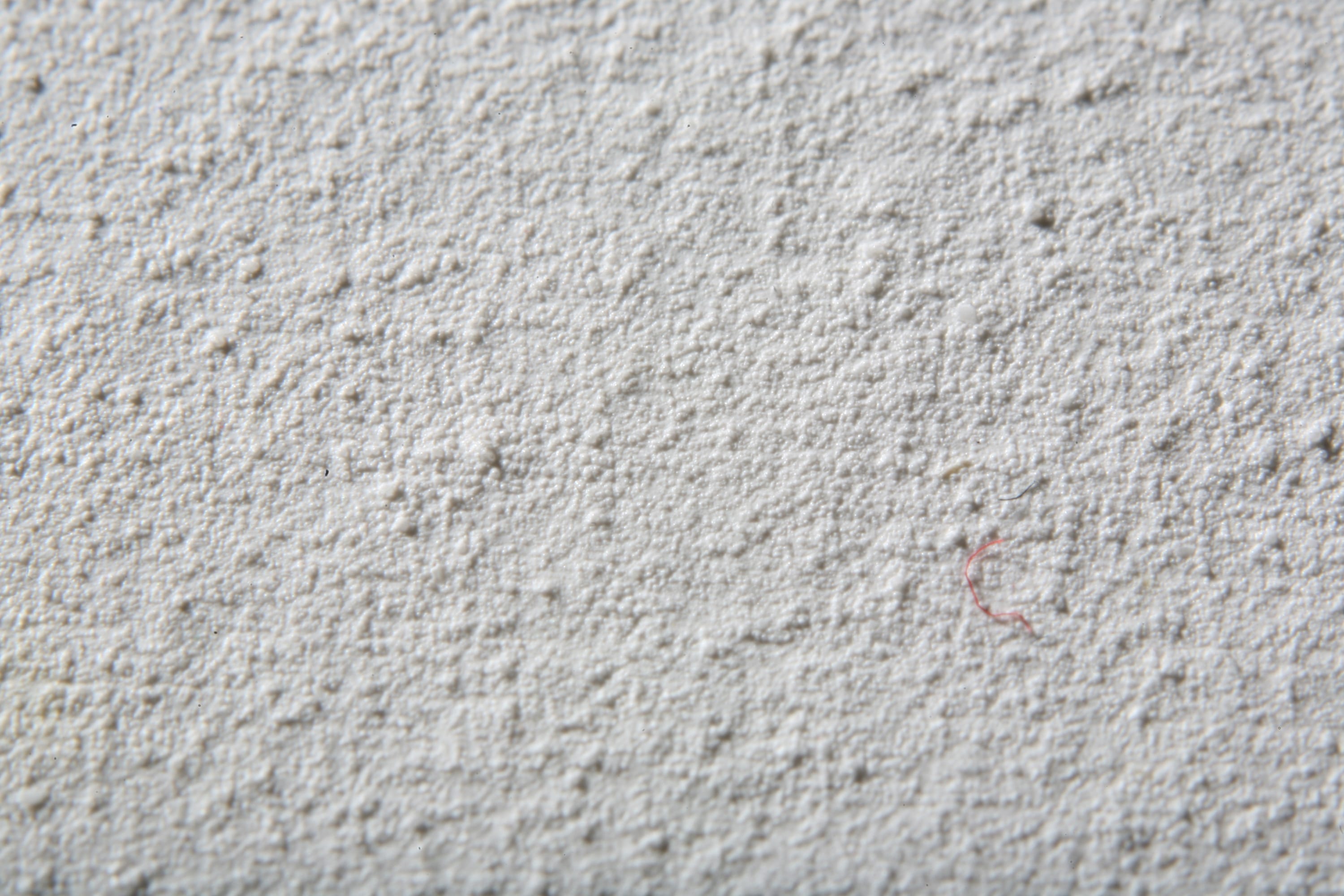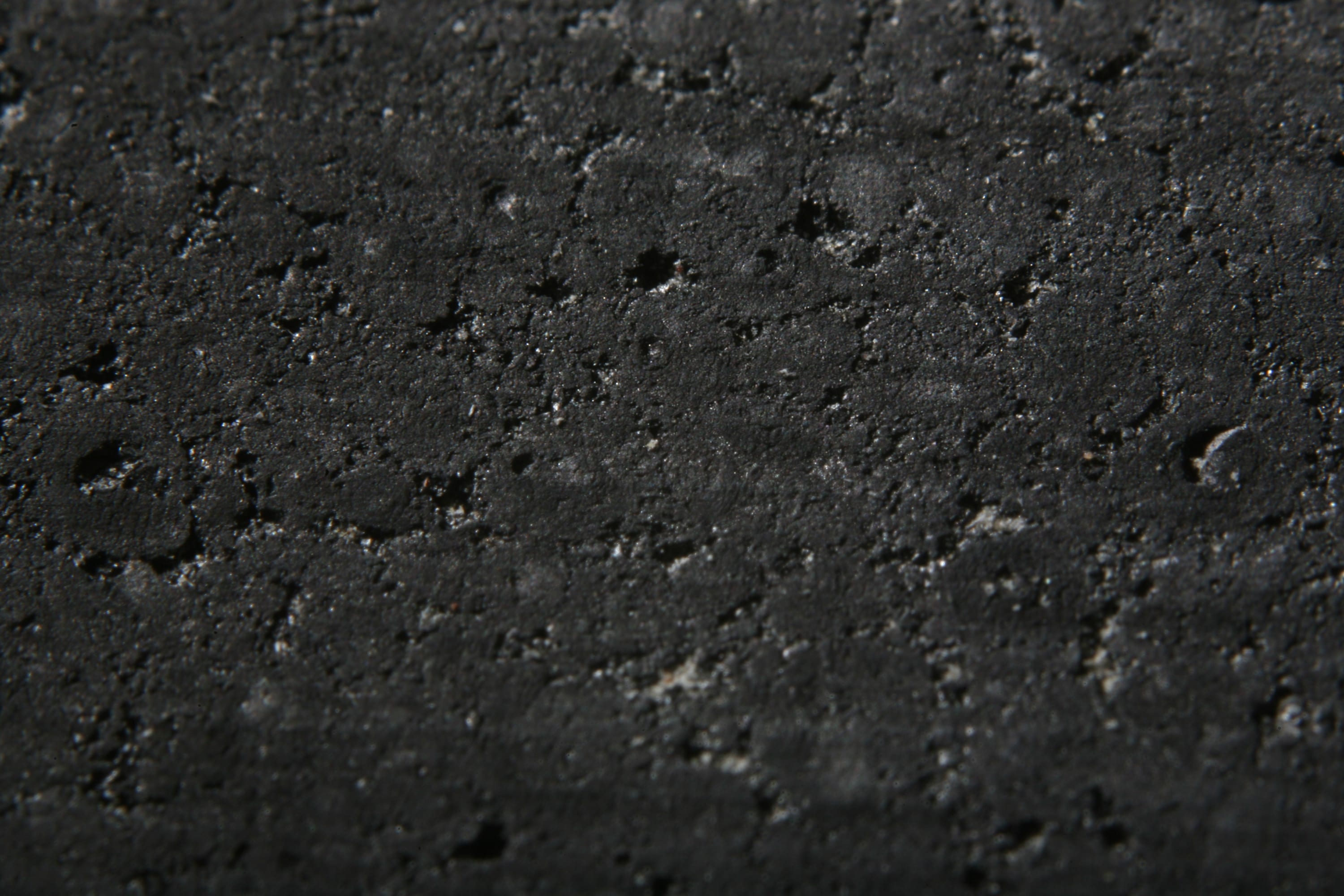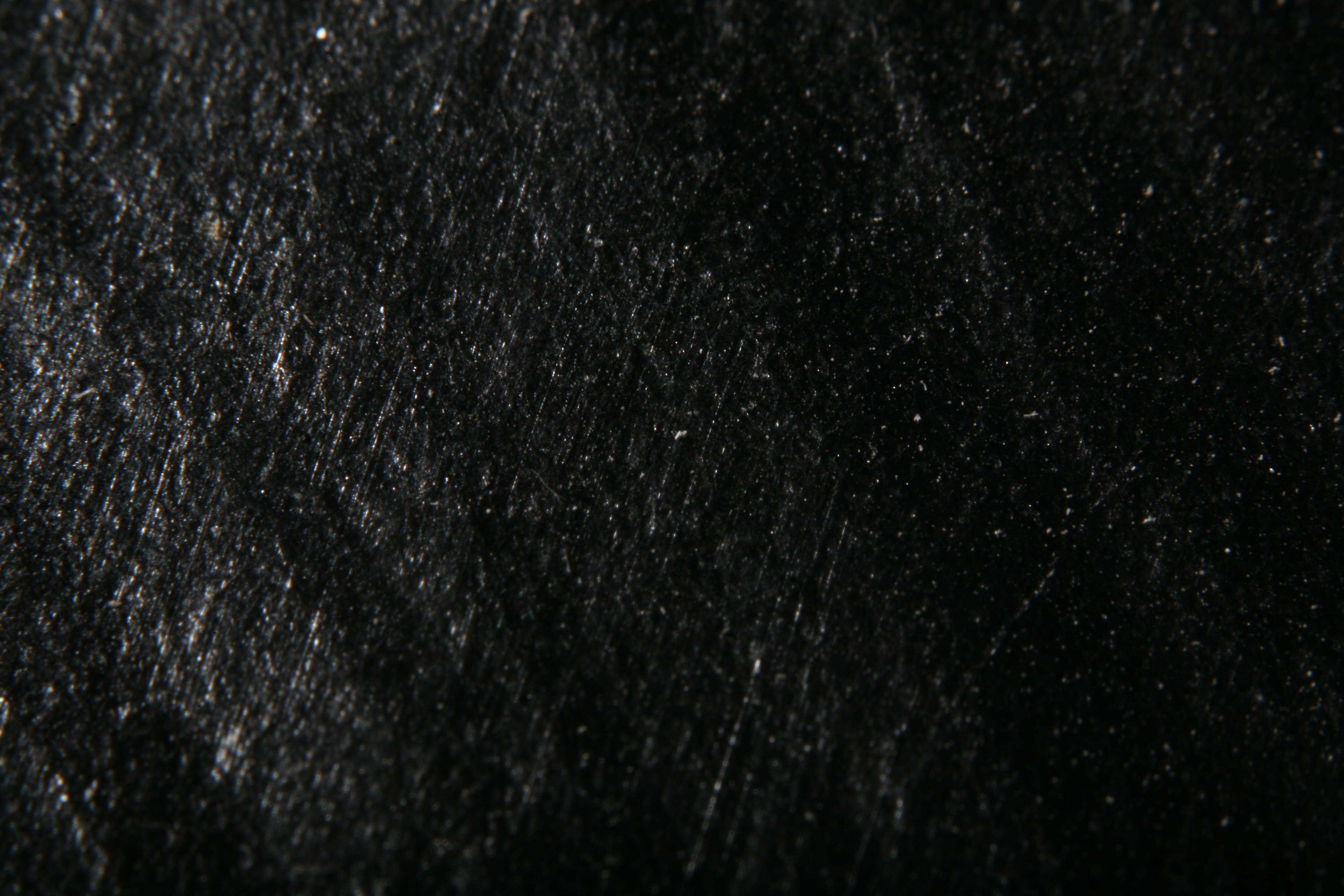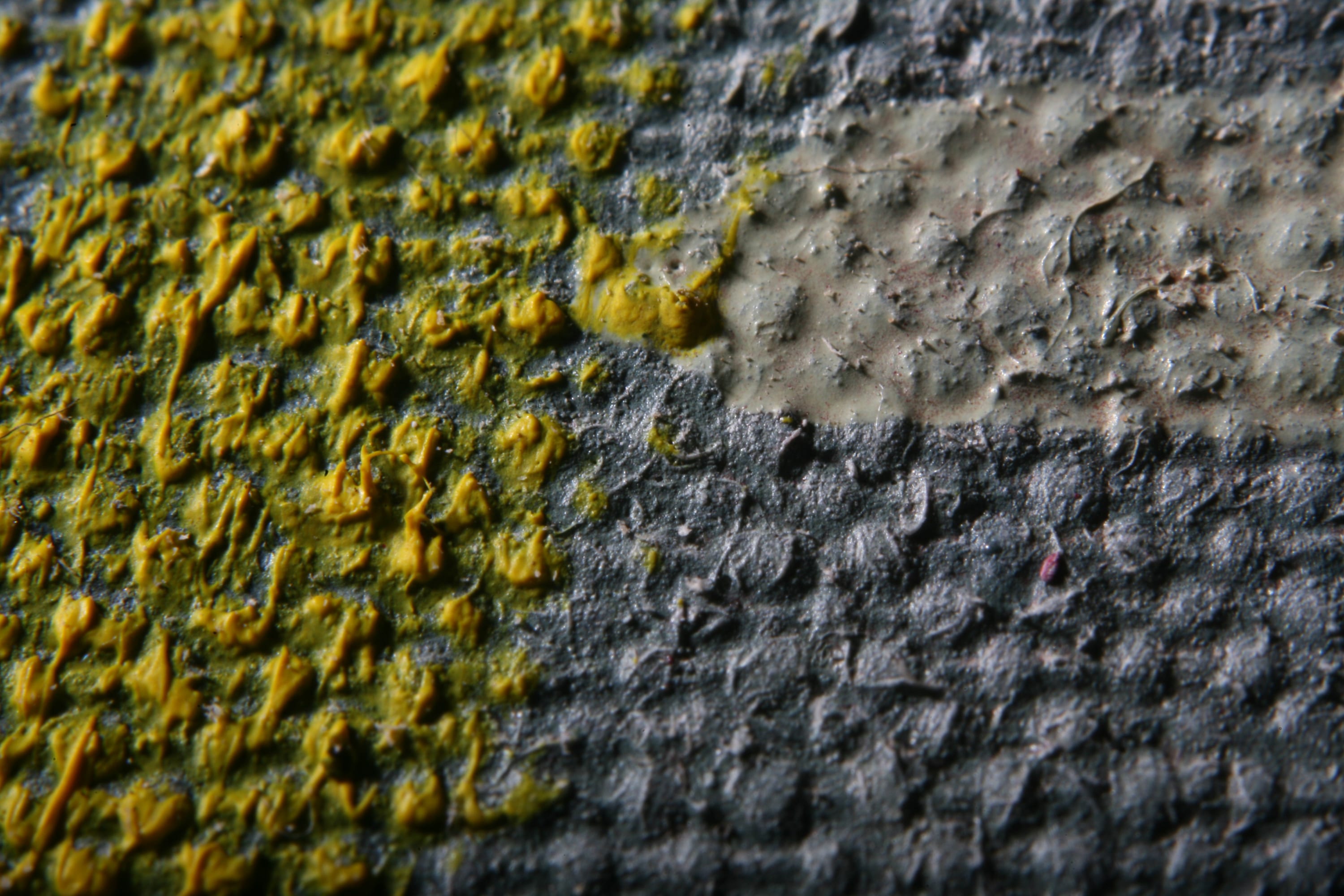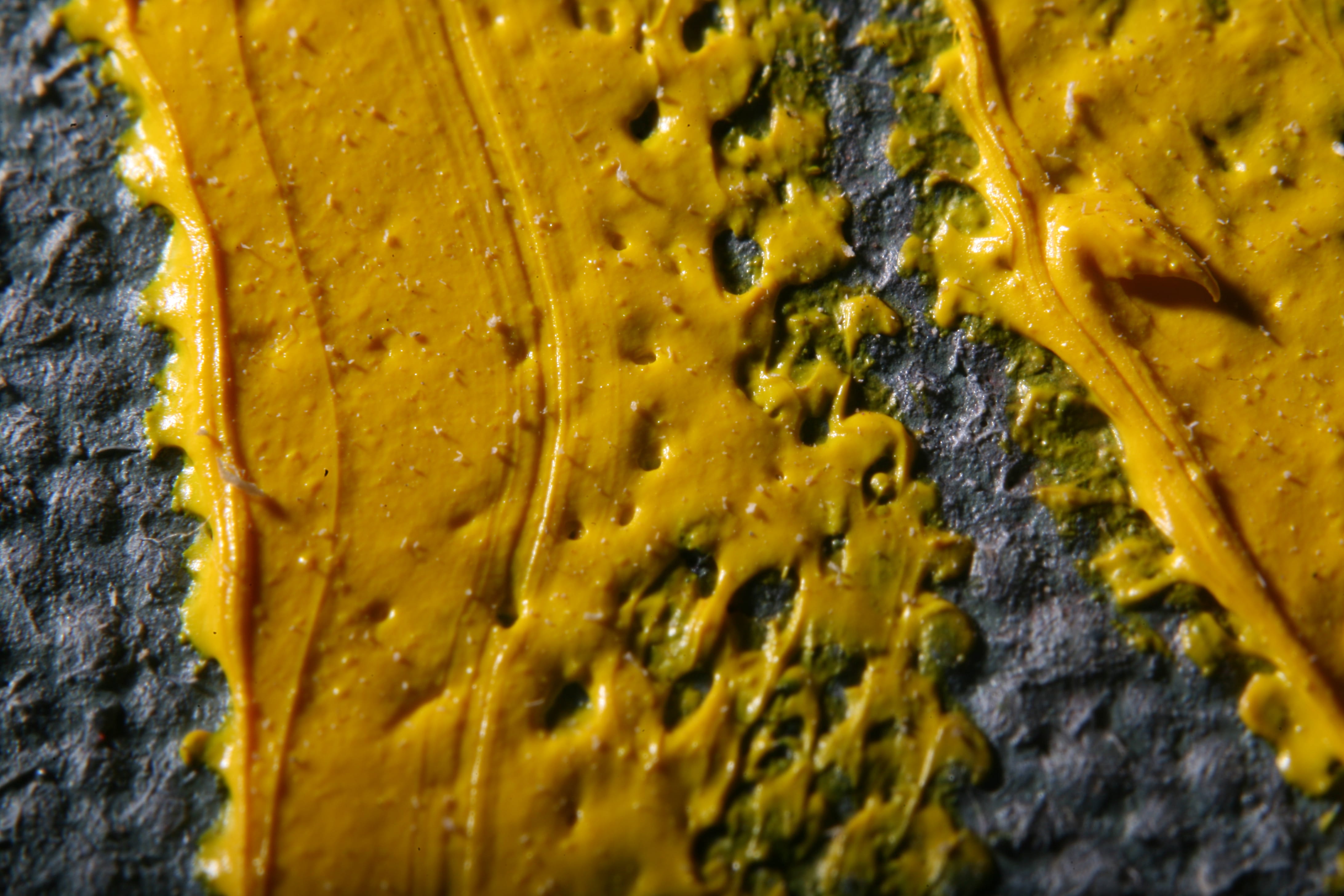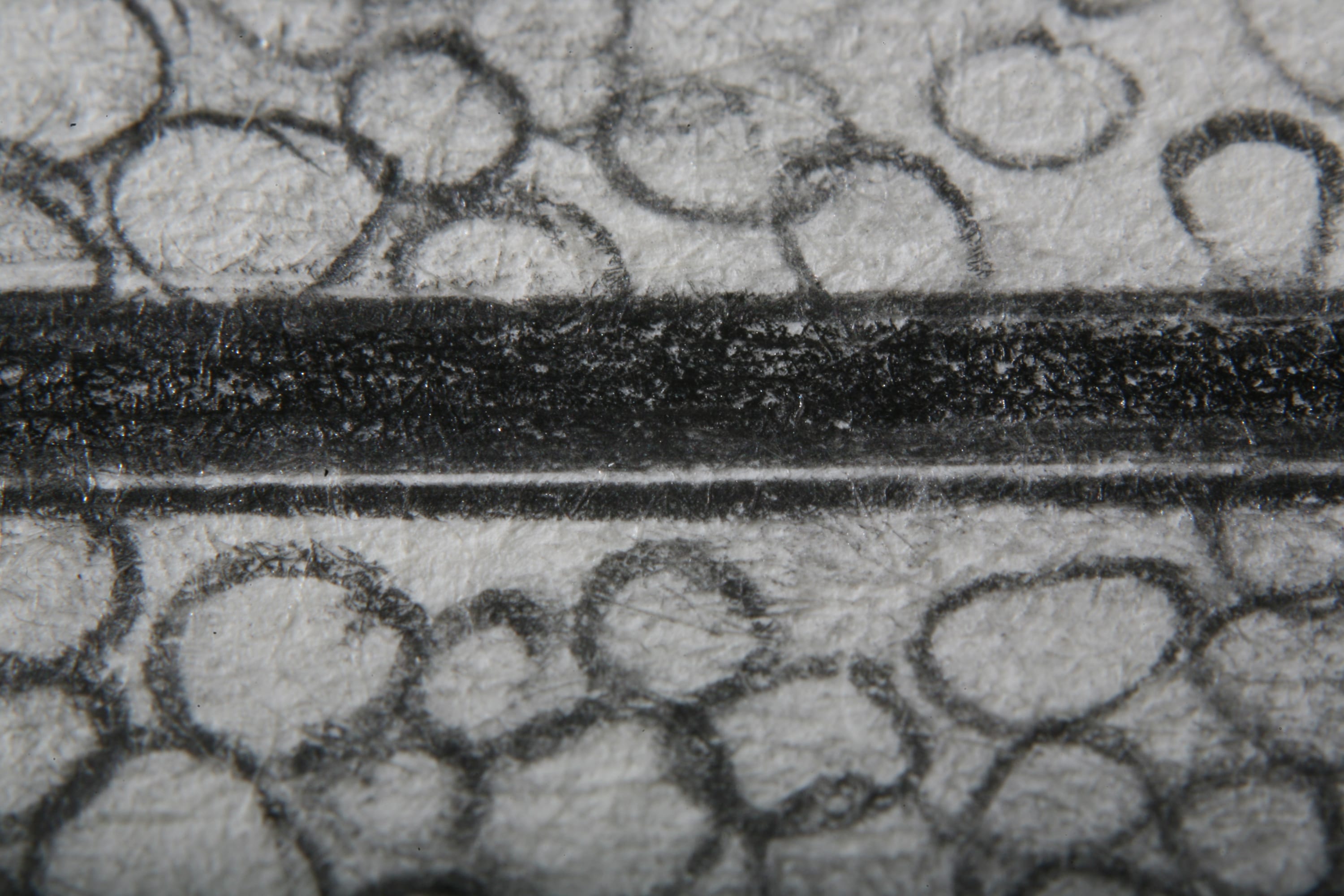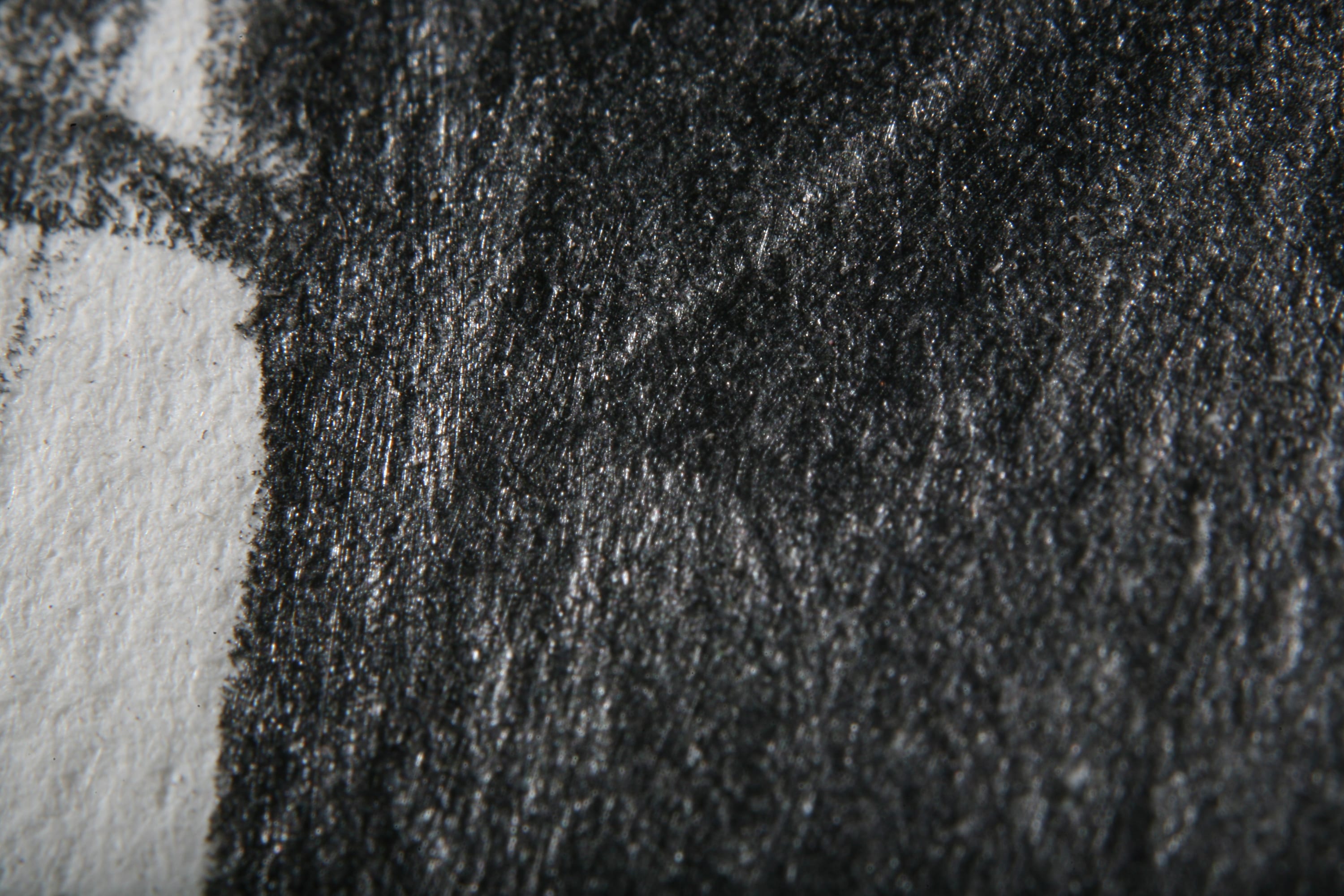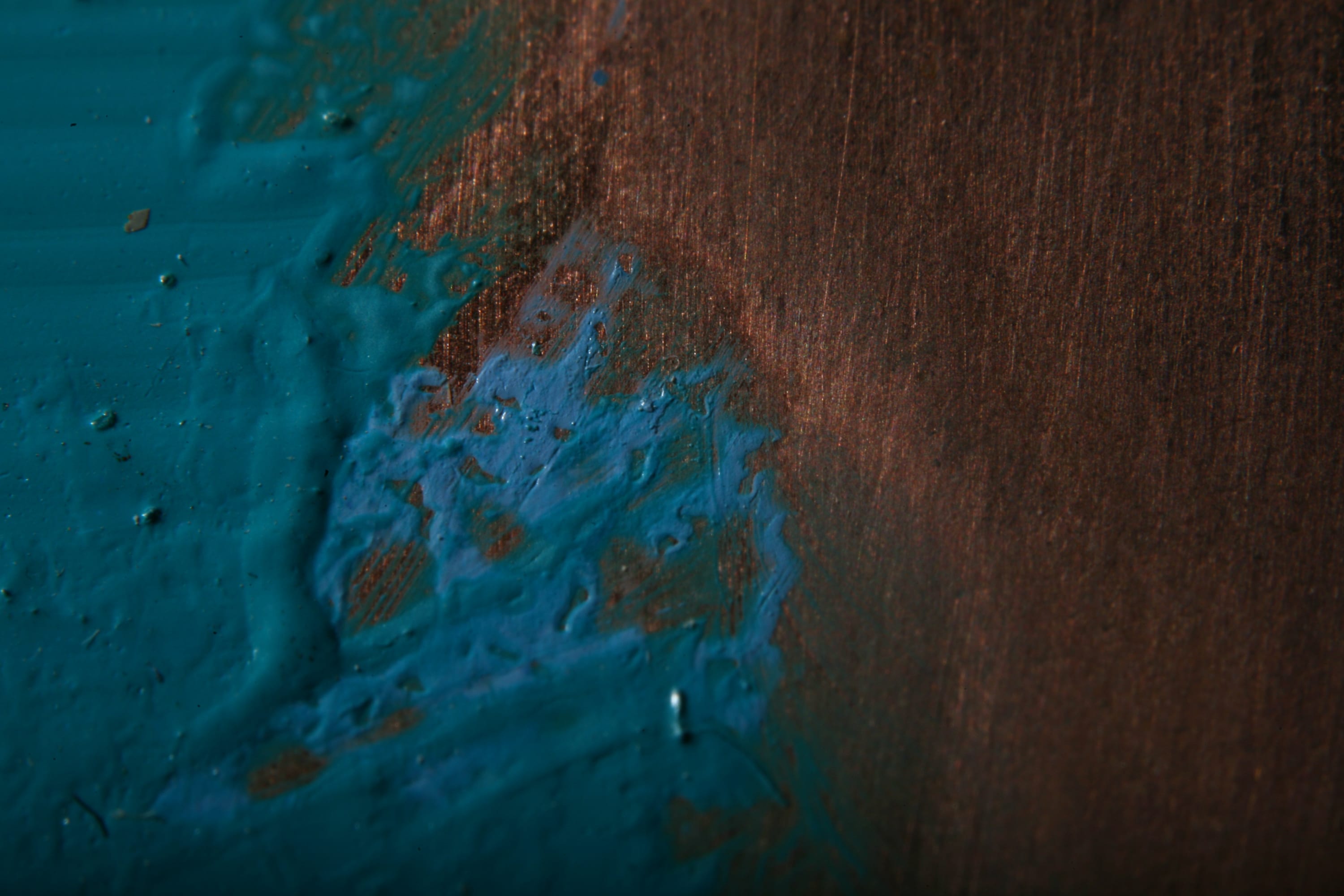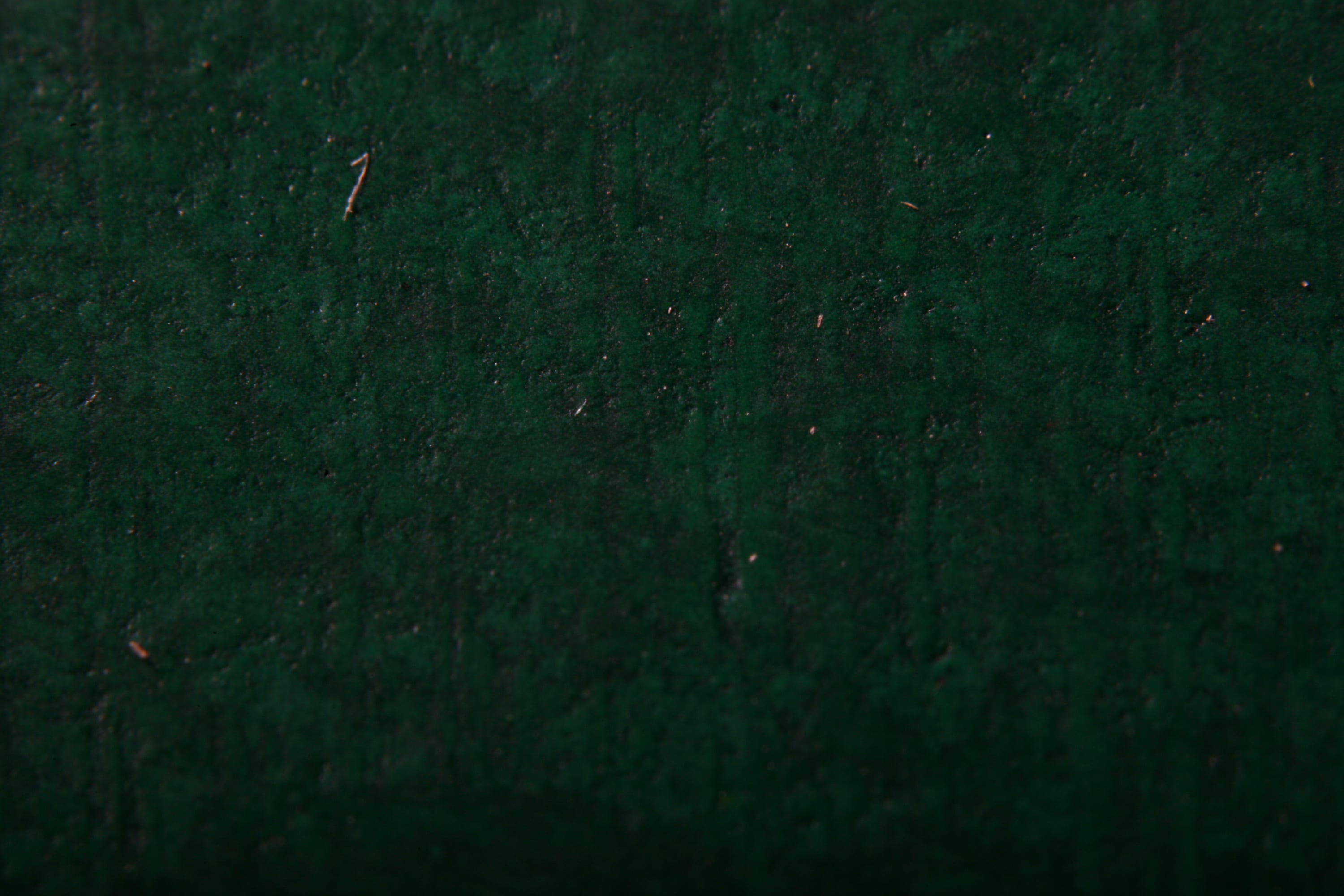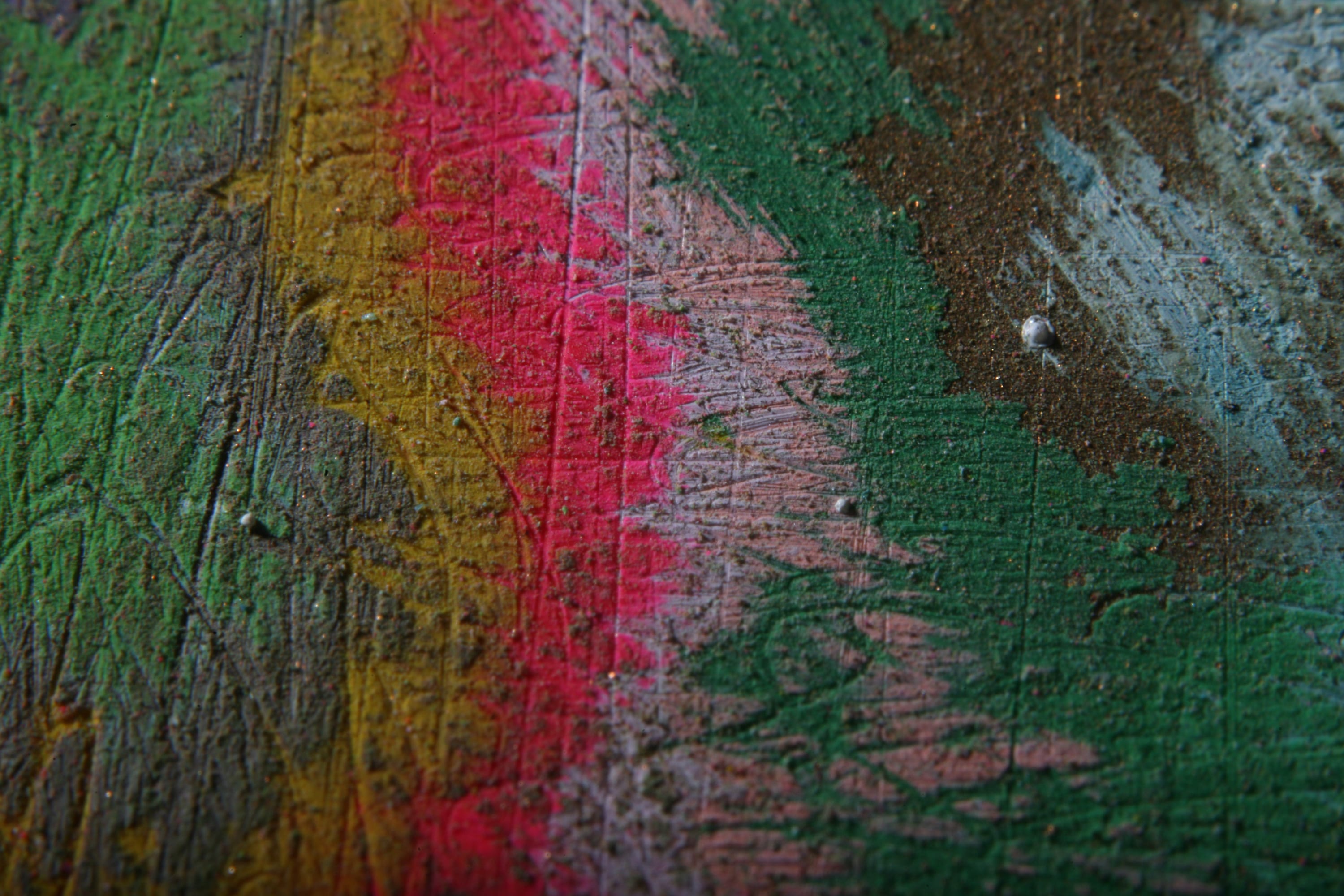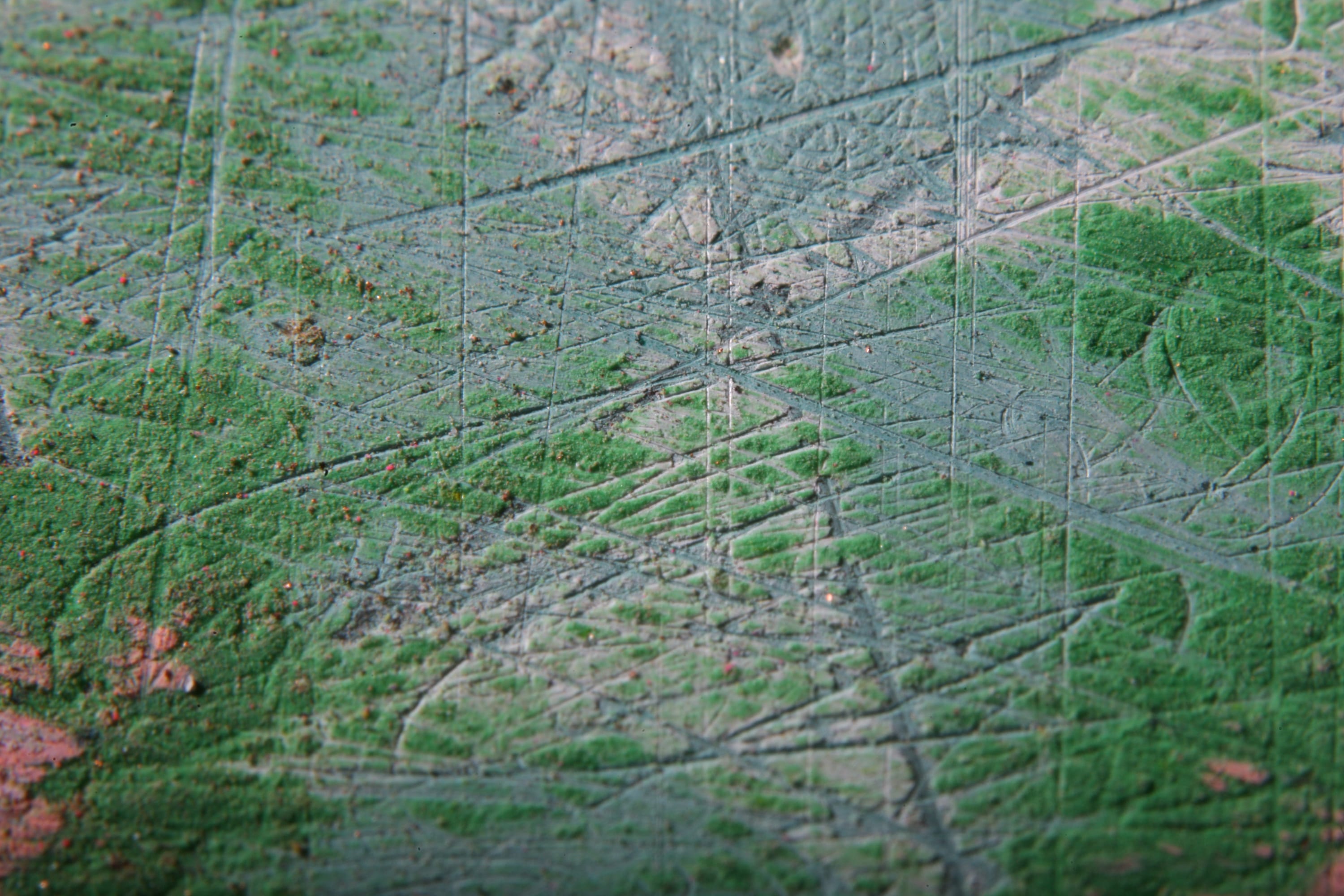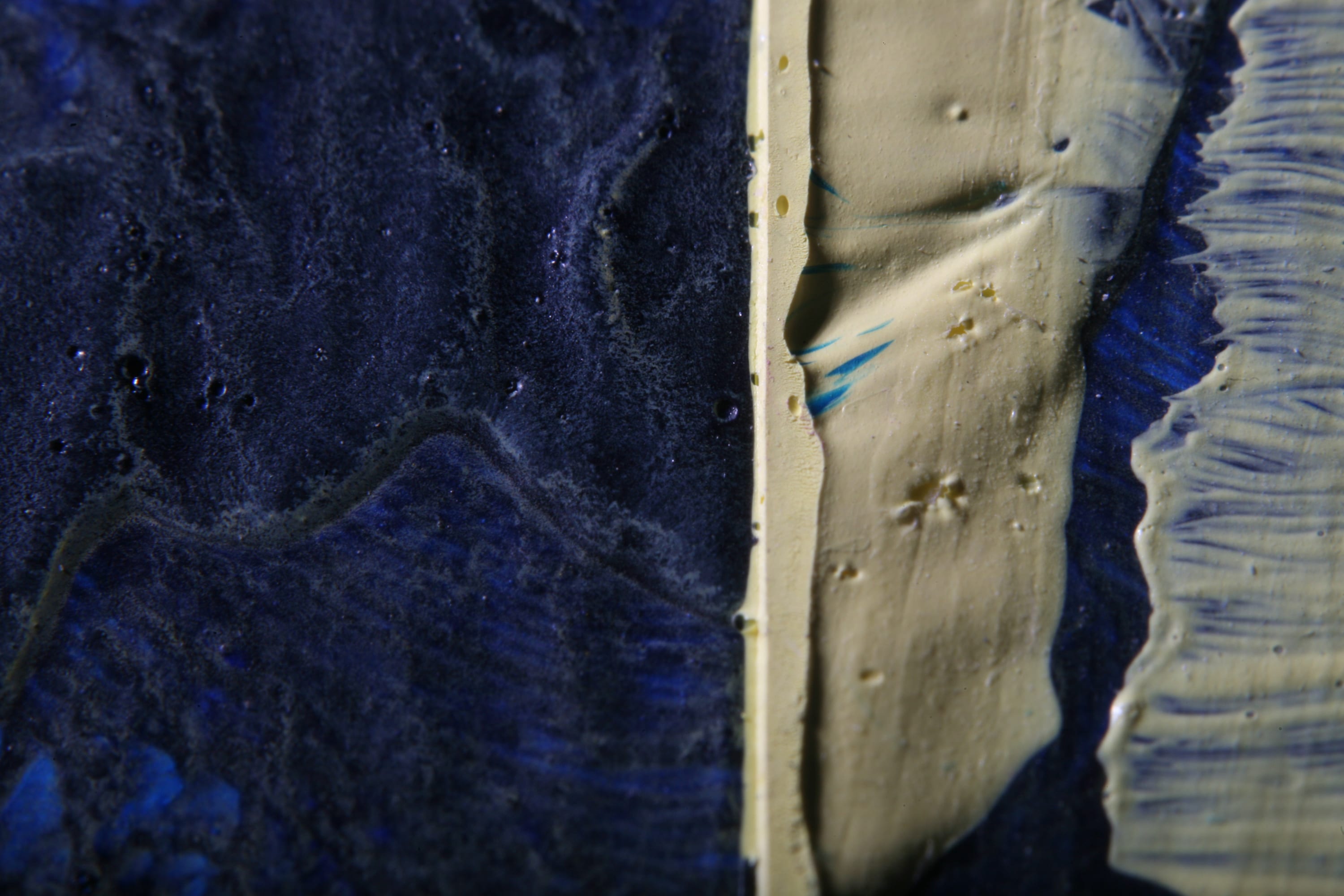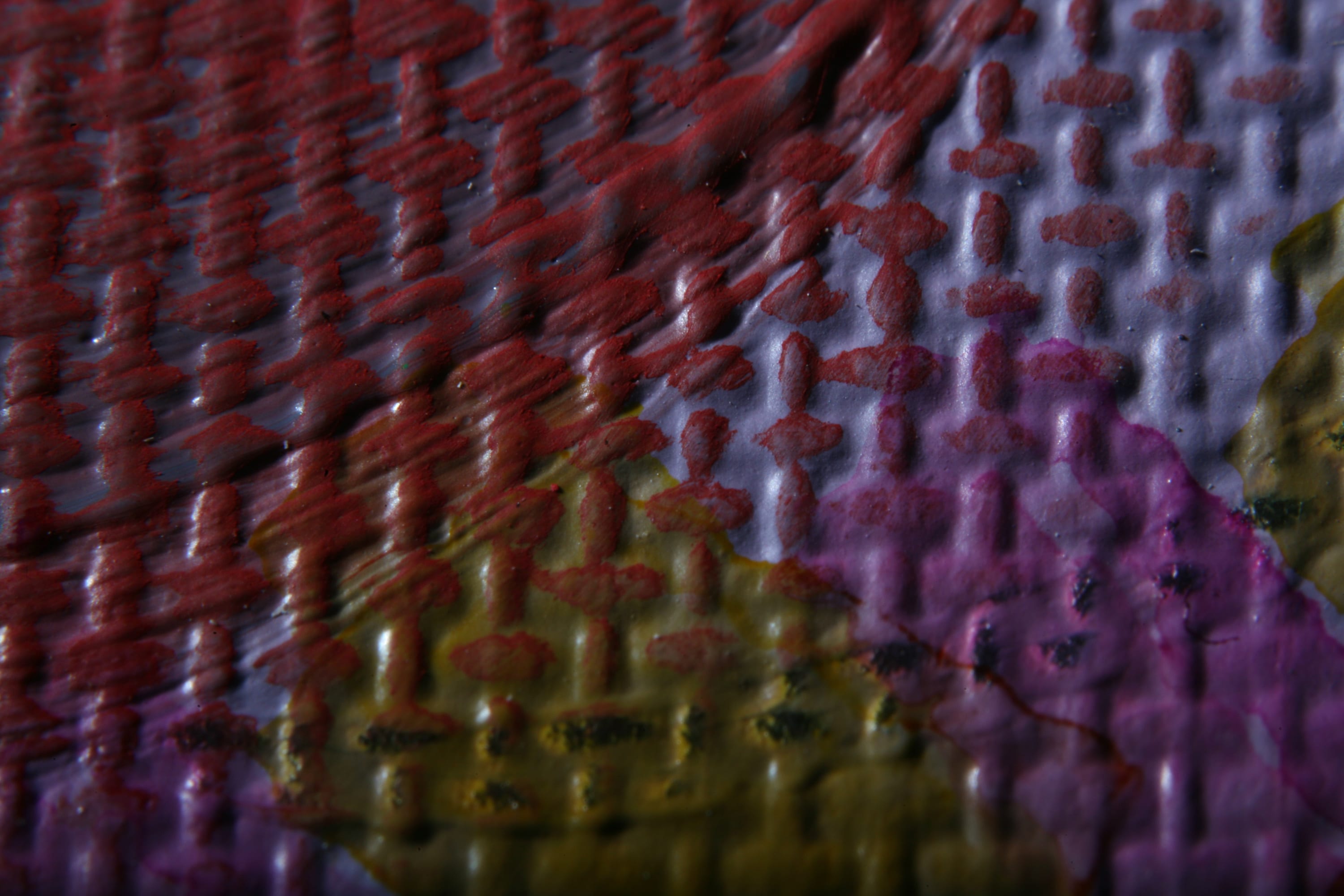Collaborations
Ivory Lamp Mars Vine Bone, 2012: Northumbria University, Newcastle and the Finnish Academy of Fine Arts, Helsinki
Colour as Material, 2013: Northumbria University, Newcastle and the Finnish Academy of Fine Arts, Helsinki
UCL Provost’s Small Research Grant Turning Landscape into Colour
Liquitex/Slade White Wall Project
Colart/TFAC Residency Programme
_____________________________________________________
Slade and UCL
The Materials Research Project has significant links to several departments within UCL, including the Petrie Museum, Department of Art History (Conservation), Chemistry, Earth Science and the Institute of Making, and external links with John Purcell Paper, Colart and Winsor & Newton.
The Discourse Project has links with UCL Library, Department of Art History and UCL Art Museums.
Ivory Lamp Mars Vine Bone
Slade, Northumbria University, Newcastle and the Finnish Academy of Fine Arts, Helsinki
In 2012, the Materials Research Project led a collaboration with two other material research centres at Northumbria University, Newcastle and the Finnish Academy of Fine Arts, Helsinki. This collaboration began when Lisa Milroy was invited by Professor Helen Baker, then Director of Gallery North, Northumbria University to exhibit her work at the Gallery. Lisa’s exhibition entitled “Ivory Lamp Mars Vine Bone” explored the use and subject of ‘black’ in her work over her career as a still life painter and included 26 paintings from 1984 to 2012. The exhibition also included a symposium, “Dark Matter”, where Jo Volley and Onya McCausland, then Honorary Research Associate, presented their practice and introduced the Materials Research Project alongside presentations from Northumbria University and the Finnish Academy of Fine Arts. A publication entitled Dark Matter (ISBN: 978-0-9565433-4-9) documenting both exhibition and symposium was produced with funding from the Arts Council, all three participating institutions, and Reuben MacKintosh.
Gallery North: installation views of Lisa Milroy’s exhibition: “Ivory Lamp Mars Vine Bone”, 2012
___________________________________________________________
Colour as Material, 2013
Slade, Northumbria University, Newcastle and the Finnish Academy of Fine Arts, Helsinki
The exhibition “Ivory Lamp Mars Vine Bone” and symposium “Dark Matter” at Northumbria University in 2012 led to a Slade research trip to the Finnish Academy of Fine Arts, Helsinki in that same year to develop a further collaborative materials research project. The next event took place in April, 2013. “Colour as Material” was a group exhibition at FAFA Gallery, Helsinki and included Slade Graduate Painting staff Jo Volley, Estelle Thompson, Gary Woodley and Lisa Milroy, and HRA Onya McCausland. It also featured a symposium at the Finnish Academy of Fine Arts, Helsinki.

FAFA Gallery, Helsinki, “Colour as Material”, 2013. Installation view: Jo Volley and Estelle Thompson
Surfaces Photography Project
Onya McCausland & Gary Woodley
This project, led by Onya McCausland and Gary Woodley in 2012, examined the material structures of surfaces and the physical complexities of the painted surface using extremely close-up photographic imaging. Students volunteered different paintings and drawings to be photographed using an HD DSL camera with a specially adapted (Gary-style) macro lens. The resulting photographic images documented materials in extreme close-up and high-definition detail, amplifying the physical properties of paint in relation to the mechanics of painting. Tiny physical structures buried within painting, the various textured surfaces of paper, the depths and structures of wood grain, the density of the fabric weave of canvas, the particular graininess of different coloured pigments were suddenly made hyper-visible. Onya and Gary realised that with this close-up visual knowledge of matter, new discoveries could be made about the materiality of painting.
A sheet of A4 paper.
Fabriano 5 (rough)
Fabriano 5 (rough) with red ochre pigment rubbed into its surface.
Gesso ground with ‘structura’ – a Lascaux painting medium that gives extra texture to the ground.
MDF
Birch Ply
Raw Graphite
Aluminium
Paintings and drawings
Nick’s Paintings – 2011
Oil paint paper on linen.
Min’s Drawings, compressed charcoal on fabriano paper
Min’s Graphite drawing on fabriano paper
Nadine’s Painting oil paint on copper
Rebecca’s paintings; surfaces made to mimic other materials such as leather. most surfaces were primed and sanded multiple times.
Eun’s paintings consist of multiple layers of pigment in egg tempera built up slowly over time and then sanded back.
Nina worked on ply using layers of oil paint. the masked edge between parts of the painting is visible.
Alec’s paintings are acrylic and marker pen on synthetic canvas
UCL Provost’s Small Research Grant Turning Landscape into Colour
The Material Research Project: From Landscape to Colour was an AHRC funded Collaborative Doctoral Award in 2012. The collaboration fostered complementary working methods between fine art researchers at the Slade School of Fine Art and leading paint manufacturer Winsor & Newton and ties manufacturing and industrial material research with fine art methodologies. The research focuses on earth colours and identifies the origins of historic and contemporary sources of earth pigments embedded across the British Landscape. This cross-cultural partnership came about through a relationship of mutual goals and respect between Jo Volley, Slade School of Fine Art and Rebecca Pelly-Fry at Winsor & Newton and enables Onya McCausland, as recipient of the studentship to complete a PhD. Dr Joy Sleeman, Head of Taught Courses in History and Theory at the Slade, Dr Ruth Siddall, geologist and geoarchaeologist UCL and Dryden Goodwin, Reader in Fine Art at the Slade completed the supervisory team.
Liquitex/Slade White Wall Project
Stephanie Nebbia, Colart & Jo Volley
The Liquitex White Walls (WW) projects provide students with the opportunity to work on an unprecedented scale, creating a temporary artwork making use of the scale and dimensions of site-specific spaces. The WW project connects to a long tradition of fresco and mural painting with many important historical references and some more contemporary examples explored by artists such as Michael Craig-Martin, Richard Wright, David Tremlett, Sol le Witt, Tess Jaray and others. The challenge is to devise a work that fully exploits the scale of the wall, can be produced safely, within a limited timescale and to a given budget. Students are asked to submit proposals which are then shortlisted by a panel of judges. This is an opportunity for students to work to a live brief presenting a context for their ideas and intentions. They are required to create an image of the proposed artwork produced to scale, in relation to the proportions of the wall. They must provide a clear description about how the work will be produced within the timescale and budget, using materials provided by Liquitex. This is an excellent platform for students to realise ambitious projects and the processes involved in applying for them.
For the first project Liquitex invited proposals from individuals and collaborative groups of MFA/MA Slade Graduate Painting students to create a temporary artwork making use of the scale and dimension of a large outside wall. Seven winning proposals, both MFA/MA 1 & 2 painters, worked on a 24ft long x 8ft high wall located outside the Liquitex offices (ColArt HQ). The winning proposals received a supply of Liquitex artist’s materials and equipment, as well as technical support.
When completed, the wall boasted seven fantastic large-scale artworks. Student Ourania Schoretsaniti who participated in the project told us,
I learnt to work on a huge surface and to work within a tight time scale. I would most definitely recommend this project – it’s an amazing opportunity for students to come out of their comfort zones and we had fantastic support; I loved it.
Each year the locations have changed but the project focus is still to explore the idea of the ‘artist palette’. Each student is given a basic palette of ‘cool’ and ‘warm’ primary colours; a limited palette which has been the starting point for artists for generations; cadmium red, alizarin crimson, cobalt blue, ultramarine, cadmium yellow and lemon yellow. This palette of cool and warm primaries (with a combination of opaque and transparent pigments) was used to initiate an investigation on colour, asking students to make considered decisions. This culminates in a diverse range of outcomes both in subject and context of and how each individual’s palette evolves. Each student submits a proposal outlining their intentions, an opportunity to develop skills in professional practice, preparing them for future applications in life after art school.
Colart/TFAC Residency Programme
Stephanie Nebbia, Colart & Jo Volley
The Residency Programme sponsored by both Winsor & Newton and Liquitex seeks to facilitate in-depth materials exploration through extended periods of enquiry. It aims to provide students with studio space and generous resources to realise bodies of work, which would otherwise not be possible. Students are given the opportunity to examine and interrogate new materials through ways of working in a very unique environment. The proximity of the studios, located next to our innovation and development laboratory, encourages a dialogue, which has been central to the relationship between art and science and a lasting legacy by TFAC’s supporting brands. Students are invited to submit proposals for the residency programme. Successful applications are followed by an end of residency evaluation and an open studio; creating a context of professional practice.
 Close
Close


